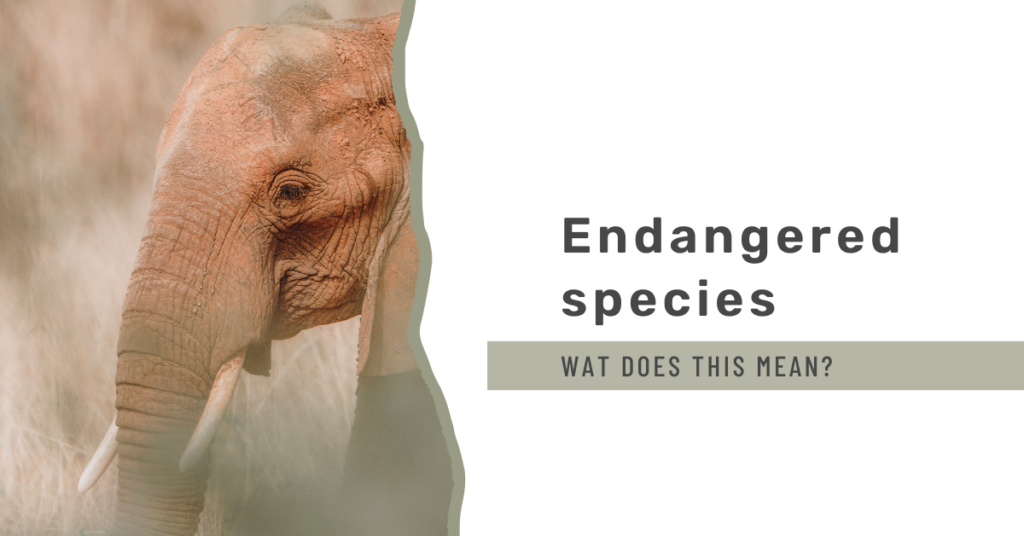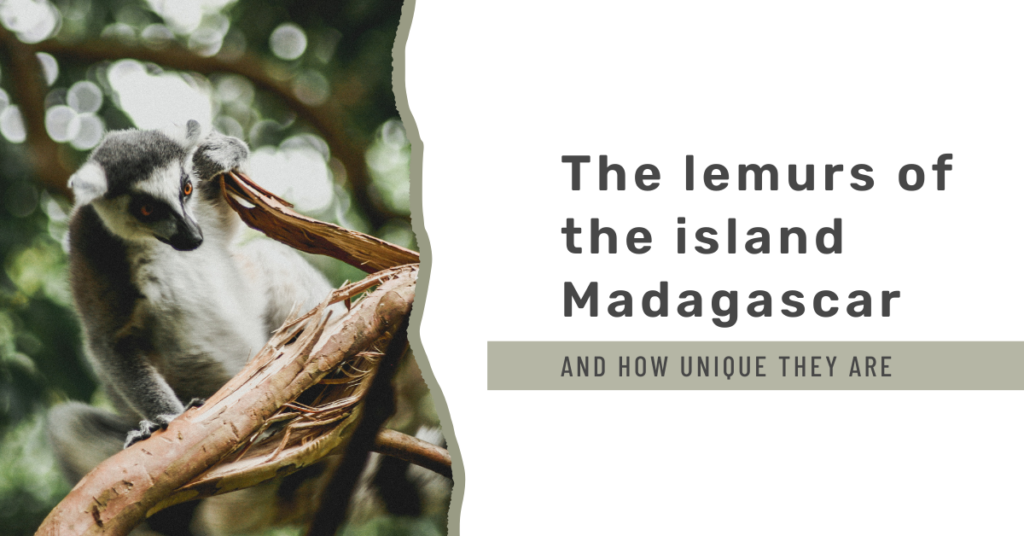Absolutely, when I travelled for two weeks through Uganda, Gorilla trekking in Bwindi was undoubtedly the highlight of my journey. It marked my first mainland Africa adventure, and while the safaris were truly incredible with sightings of lions, elephants, giraffes, and countless other magnificent animals. Nothing compared to the sheer specialness of encountering mountain gorillas in Bwindi Impenetrable National Park. What made this experience even more extraordinary was that it was no walk in the park, so to speak. Gorilla tracking doesn’t offer the luxury of open jeeps with comfortable seats. Where you can leisurely observe the day’s unfolding events while being chauffeured by a driver and guide.
Gorilla trekking in Bwindi Impenetrable National Park
To encounter the gorillas, you embark on a journey on foot, into the heart of the mountains. An easy hike, you might ask? Far from it. The gorillas reside in the heart of the tropical rainforest, a place that’s wet, muddy, warm, and teeming with mosquitoes. My decision to seek out the gorillas during the rainy season only added to the challenge. The slopes were slippery and soaked, making each step a precarious endeavour. The top layer of sand underfoot was entirely saturated, causing our group to constantly slip and slide. It wasn’t just a downhill ordeal; even uphill climbs were a struggle. We all clutched big sticks to help us gain some grip, but our guide, somewhat mischievously, only shared his best tip for stability at the end of the journey. I think he rather enjoyed witnessing our struggles.
While some lucky individuals might find the gorillas relatively quickly, I was slightly less fortunate. I trekked for about 2.5 hours before finally reaching the group! But the moment you stand before them, face-to-face with these majestic creatures, all the challenges fade into insignificance. They are colossal and stunning. Yet, there’s always a healthy dose of awareness about what a silverback gorilla is capable of, keeping everyone on their toes. However, your heart can’t help but melt when you see the baby gorillas and toddlers. There are striking resemblances between human and gorilla infants and toddlers. With the main difference being the extra layer of hair on the latter.
I don’t believe I’ve ever felt as exhausted as I did when we returned to our camp. We trekked through the Bwindi impenetrable rainforest for five hours and spent one hour with the gorillas. Most of us had descended the hill on our bottoms countless times due to the mud. Often taking others along with us on our slippery path. But what an incredible experience it was. I would undertake it all over again without a second thought. Even if it meant hiking for more than those arduous five hours.




Gorilla beringei beringei
The mountain gorilla, a subspecies of the eastern gorilla, inhabits the lush rainforests of Congo, Uganda, and Rwanda. Residing in troops led by the renowned silverback gorilla. Their days are largely filled with a simple routine of resting, eating, and travelling through their dense forest habitat. Their diet primarily consists of foliage, including leaves, twigs, stems, and pith, with fruits making up only a small portion. In the evenings, the gorillas construct nests to spend the night before moving on to a different location. They are known to avoid spending two consecutive nights in the same place, and these nests are typically located on the forest floor.
One fascinating aspect of gorillas is their striking genetic similarity to humans. Approximately 98.3% of our DNA is identical to that of gorillas. This close genetic relationship underscores our shared ancestry, with gorillas and humans diverging from a common ancestor around 7 million years ago. When I look back at the pictures I captured during my gorilla trekking experience in Bwindi. I can’t help but notice the striking resemblances—the expressions on their faces, their hands, and the unmistakable love they have for their young infants.
Their story
In 2011, gorillas were officially classified as critically endangered on the IUCN Red List. With an estimated global population of just 680 individuals remaining in the wild. The situation was particularly dire in the Virunga Mountains of the Democratic Republic of Congo. Where the population had plummeted to a mere 240 individuals during the 1980s. This drastic decline was primarily attributed to threats such as hunting, habitat loss, and disease. To combat this crisis, an extraordinary conservation effort was launched, involving the day-to-day protection of gorilla families. Remarkably, the most recent survey indicates that there are now 604 mountain gorillas in this region. A remarkable achievement after three decades of tireless work.
In 2018, a ray of hope emerged as the total population of mountain gorillas was estimated at 1,069 individuals. Leading to a change in their status on the IUCN Red List from critically endangered to endangered. While this shift does not signify that they are no longer in danger. It represents a significant step in the right direction. The year 2020 brought even more heartening news, with the documented birth of seven newborn gorilla babies in Bwindi Impenetrable National Park, Uganda. Astonishingly, five of these infants were born within a mere six-week span. Offering renewed hope for the conservation of these magnificent creatures.
How to prepare for a gorilla trekking
Embarking on a gorilla trekking adventure involves some crucial initial decisions, and one of the foremost choices is selecting your trekking destination and securing a permit. Gorilla trekking is available in three countries: Uganda, Rwanda, and Congo. It’s essential to note that permits must be acquired well in advance. Sometimes up to 10 months ahead of your intended trekking date. Here’s how you can obtain your permit:
- For gorilla trekking in Bwindi Impenetrable National Park in Uganda, you can purchase your permit directly through the Uganda Wildlife Authority.
- If you opt for Rwanda, contact the Rwanda Development Board to secure your permit.
- For those considering Congo, you should get in touch with the Virunga Park offices.
Alternatively, you can also have your permit arranged through a reputable travel agency in each respective country.
Congo is often considered the most budget-friendly option, but it comes with security concerns. Rwanda is a popular choice due to its close proximity to an airport and smaller forested areas, making it accessible with shorter hikes. However, it is also the most expensive, with permit costs double that of Uganda. Keep in mind that when trekking in Rwanda, you’ll need to arrange accommodation near the starting point, as the trekking days can be long and strenuous.




Do I need to be fit for the trekking?
Preparing for your gorilla trek necessitates physical conditioning, given the challenging terrain and potentially lengthy duration of the trek. It’s essential to get yourself ready for the adventure. In the months leading up to your trip, establishing a regular walking routine is a good start. Seek out trails and hilly areas for practice, as they can help you build stamina and prepare your body for the trek.
Moreover, if you have access to a treadmill, you can simulate uphill walking by varying the incline settings. This can be particularly helpful, as the gorilla trek often involves navigating uneven mountainous terrain. You’ll encounter elevations of up to 2000 meters, and the trails can range from narrow to virtually non-existent. So, being physically prepared is crucial to ensure you can handle the challenging conditions of the trek.
It’s worth noting that while the gorilla trek can be physically demanding. Porters are available to assist individuals with physical limitations. They can help carry your belongings and provide support along the way. This assistance ensures that as many people as possible can have the incredible experience of encountering mountain gorillas in their natural habitat.
When to go for a Gorilla trekking?
When planning your gorilla trekking in Bwindi, or elsewhere, you’ll also need to consider the timing of your visit. Gorilla trekking is available year-round, and your choice of when to go depends on your schedule and weather preferences. There are distinct dry and wet seasons to consider:
The dry seasons occur in summer and winter, bringing with them warmer temperatures. Mornings can start at around 10ºC, with daytime temperatures reaching up to 30°C. These seasons are typically associated with clearer skies and drier conditions. But it’s important to note that the weather can still be unpredictable, with occasional rainfall even during the dry periods.
On the other hand, the wet seasons fall in spring and fall and are characterized by milder temperatures. While these periods tend to be rainier, dry days can still occur. It’s essential to be prepared for the possibility of rain during your trek, regardless of the season you choose. Therefore, carefully considering the timing of your gorilla trek in accordance with your weather preferences and overall schedule is advisable to make the most of this remarkable experience.
Tipping Your Gorilla Trek Guides and Porters?
As you return from your awe-inspiring gorilla trekking adventure, it’s important to remember a thoughtful gesture to express your gratitude to the individuals who accompanied you during the journey. Your porter and guide play vital roles in ensuring your trek goes smoothly and safely. Making your encounter with mountain gorillas an unforgettable experience.
Tipping your porter and guide is not only a customary practice but also a way to show appreciation for their hard work and dedication. These individuals often possess extensive knowledge of the gorillas and the terrain, ensuring you have a fulfilling and informative trek. Their assistance in carrying your belongings, providing guidance, and enhancing your overall experience is invaluable.
While there is no fixed amount for tipping, it’s customary to offer a gratuity that reflects your satisfaction with their services. It’s a meaningful way to thank them for their efforts and dedication to making your gorilla trek enjoyable and memorable. So, when you return from your trek, don’t forget to express your appreciation through a well-deserved tip for your porter and guide. It’s a small gesture that goes a long way in recognizing their contributions to your adventure.
Want to support my work?
I spend a lot of time keeping this website filled with educational content and keeping updates about what I do to achieve my dream of working and living in Africa. Do you want to support me? You can buy me a coffee or purchase one of my digital prints. All proceeds will go towards my elephant research and the time spent on this website.







